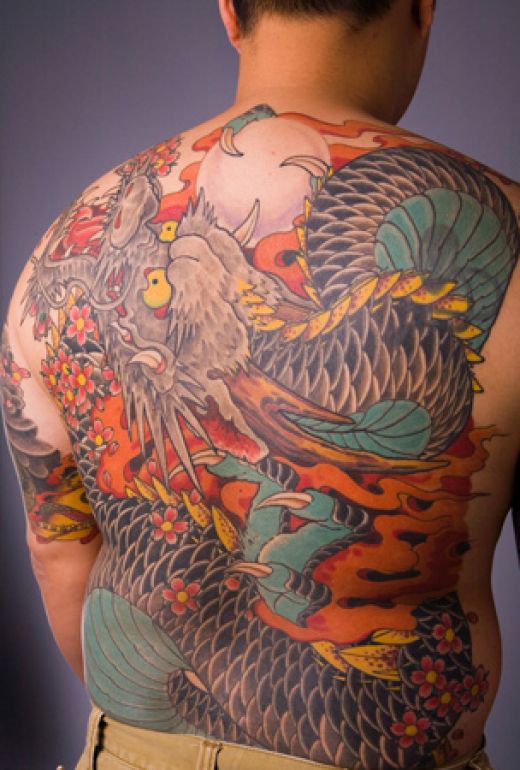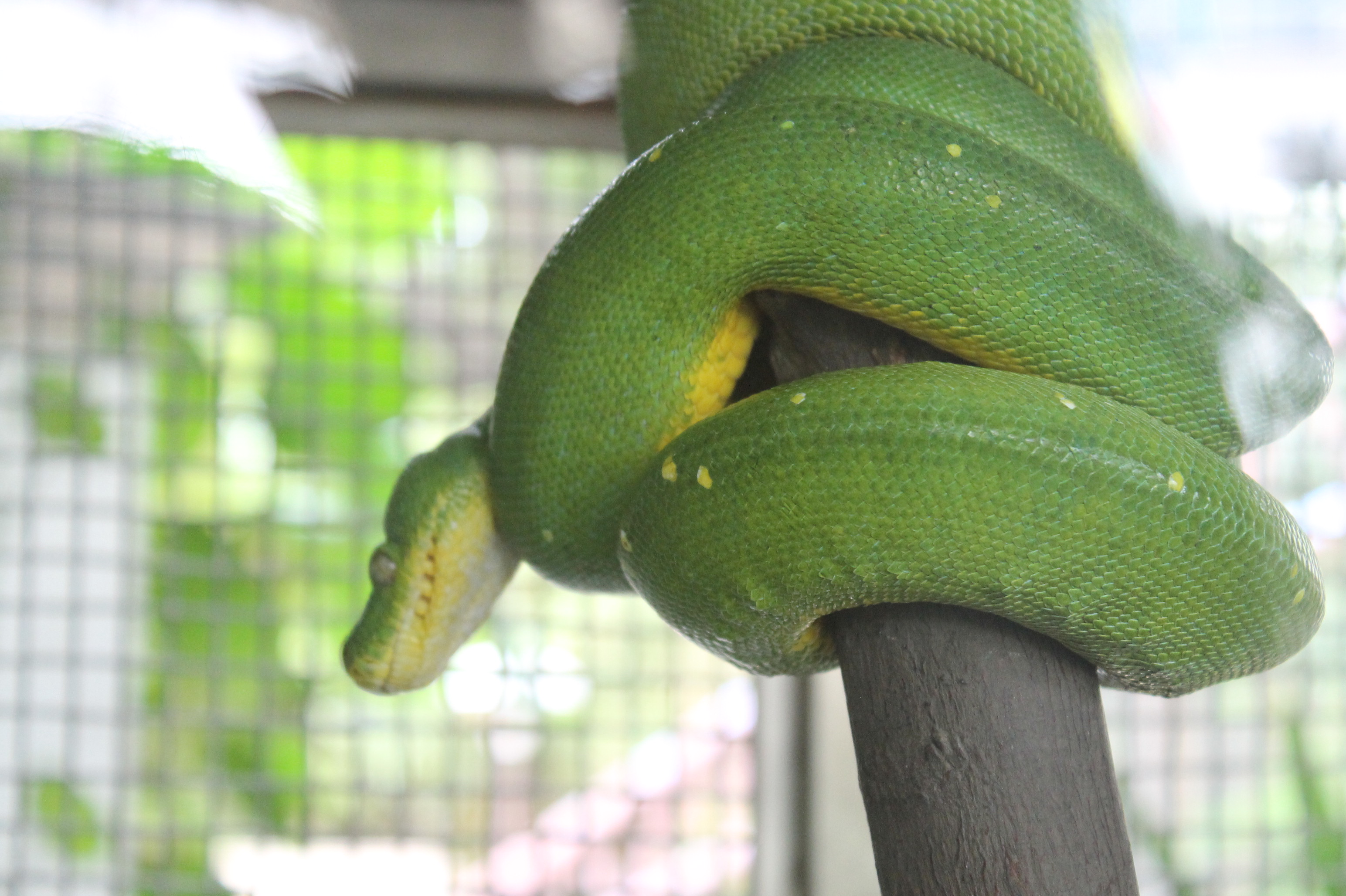

The hotel used to sell cups and bags of rabbit feed, but it has stopped this practice. But tourists have also been encouraged to feed the rabbits, especially in winter when food is particularly scarce. The warnings are written in Japanese, English, Chinese, and Korean. Signs dot the island dissuading people from feeding the rabbits, picking them up, or chasing them, citing human safety as the main concern. The animals also need high-fiber foods, which are hard to come by with their current meal plan. Cabbage, the most popular snack, is toxic to rabbits in large amounts because their sensitive digestive systems have difficulty breaking down the vegetable. Some people, like the aggravated farmers of fables, might know the animals to eat carrots, lettuce, and cabbage, so that's the kind of food tourists bring with them to feed the animals when they visit.

The European rabbits that populate Ōkunoshima are naturally herbivores known to munch on leaves, roots, wood, and seeds, and also the occasional snack of dung. "They're most active during the times when people are on the island." "They're totally friendly-almost aggressively so-because they need the people to feed them," DeMello says. With that influx of people is an influx of problems for the rabbits. When National Geographic reached out to the hotel for comment, the staff deferred to Japan's Ministry of the Environment. DeMello says the hotel is taking a hands-off approach to dealing with the animals but uses the draw of the rabbits in its marketing materials. To date, the island hosts Kyukamura Ōkunoshima Hotel, along with a golf course and the gas museum. Photograph by Bernard Hoffman, The LIFE Picture Collection, Getty Images The bomb dropped on Hiroshima killed about 70,000 people immediately another 70,000 were injured, and thousands more have since died as a result of radiation exposure. HIROSHIMA, late 1945-The twisted wreckage of a theatre lurches above rubble some 900 yards from the epicenter of the explosion. Seventeen thousand of those tourists were from outside Japan. She says the popularity of the bunny "stampede" video shifted the composition of the tourists from elderly Japanese people ( drawn to the island's hot springs) and local school children ( brought on fieldtrips to the poison gas museum) to a wider demographic. "It really is a recent phenomenon."ĭeMello and other researchers visited the island for 10 days in March 2015 to study the rabbit communities and interview people. "What you have is too many rabbits for such a small island," says Margo DeMello, president of the California-based rabbit rescue group House Rabbit Society. Estimates vary, but about 300 rabbits inhabited the island in 2007, which grew to between 700 and 1,000 today. Rumors abound that a British couple brought the bunnies to the island, or a nearby school released them in 1971. But experts say the test rabbits were euthanized after operations shut down. Rabbits were brought to the island as test subjects for the chemical weapons, and some people speculate the animals there now are descendants of the originals. The infamous locale was sometimes called "Poison Gas Island" and it was erased from Japanese maps to keep the operation under wraps. No one really knows how the rabbits got to the island in the first place.Īround 1929, the Japanese government secretly tested poison gas on Ōkunoshima.

But with high human interference, the island is not sustainable for the animals.

Since then, other social media and clips showing swarms of rabbits have drawn visitors to the island. Not many can call this tourist attraction home, save the hundreds of feral European rabbits that roam the island.ĭubbed "Rabbit Island," Ōkunoshima has become more popular since 2014, when a video of a woman being stampeded by bunnies went viral. The terrain is grassy, dotted with a beach resort, nature lookouts, and piers. It's a little more than two and a half miles around, which can be walked in about an hour and a half. Ōkunoshima is a small island nestled in the Inland Sea of Japan.


 0 kommentar(er)
0 kommentar(er)
